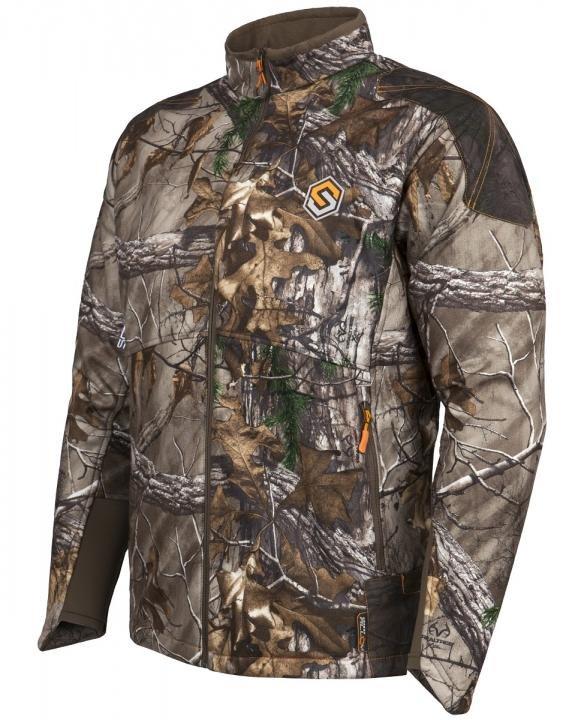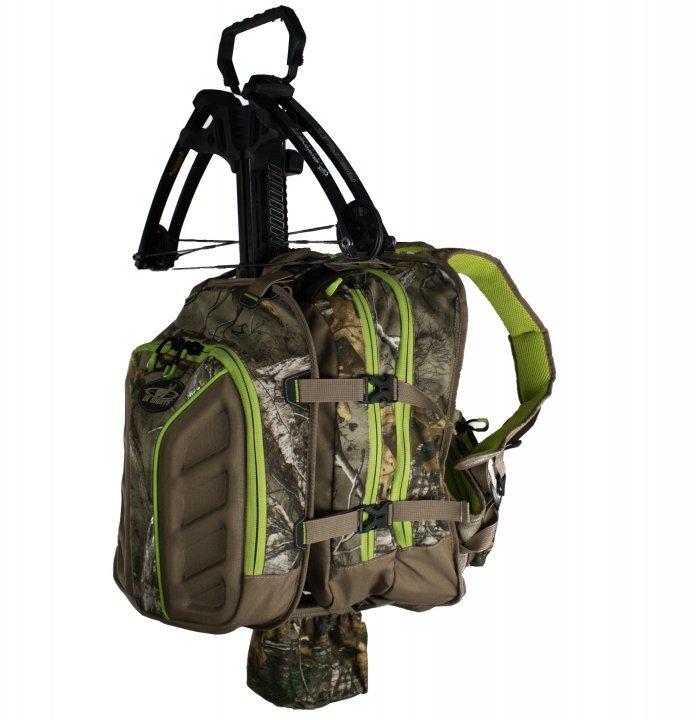Do You Use Any of These Deer Hunting Tips?
Deer hunting is a game of chess. The deer makes a move. The hunter counters. Then the deer reacts. And they go round and round until the hunter finds success, gives up or reaches season's end. Hopefully, you're experiencing success with fun hunts and filled tags. Here are five tactics to help you achieve just that.
1. Set Up Over Food Sources
If I've written it once, I've written it a bunch. Food dominates all things deer hunting. So it only makes sense to target a deer's belly during the late season, right? But you need to be smart about it.
Here's why.
Deer are incredibly adept to picking up on human intrusion. If there's much of that going on, you can bet there won't be much daylight activity on big, open food sources (such as corn, soybeans and big food plots.) If this is happening, find more remote food sources deer are feeding on (like remaining hard mast, woody browse, honey locust, etc.).
Don't Miss: 10 Feeding Habits of Mature Deer
2. Home in On the Water Sources
If there's snow on the ground, you can forget about water. If it's recently rained within the past five to seven days, you can forget about water. If you live in a swampy area that holds a lot of H2O, you can forget about water. But if it's bitter cold, everything is locked up from sub-freezing temperatures, and none of the other factors listed above are in play, you better not forget about water.
Deer need to drink just as much as they need to feed. During winter, they get very little water from the foods they eat. A wintertime water source that's still open can be a great way to fill a late-season tag.
Don't Miss: 5 Watering Habits of Mature Deer
3. Hug Tight to Bedding Areas
I start out being more conservative and set up closer to food sources than bedding areas. However, this late in the year, most deer have felt the affects of hunting pressure. If hunting such deer, most deer — especially older, wiser ones — won't make it to food sources during daylight. That leaves you with only one option — set up closer to the bedding area.
Be very cautious when you do, though. It takes extra stealth and awareness to slip in on a bedded deer. In most cases, I prefer to set up somewhere between 75 and 150 yards of a pressured deer's bed. To do this, you have to know where they're bedding and the conditions have to be just right. Once everything is in line, then you can move in for the hunt.
Don't Miss: 8 Bedding Habits of Mature Deer
4. Track Up a Deer
The late season was designed for tracking deer. This can be a very good tactic for finding and killing a whitetail. Obviously, you need snow to do it efficiently. Once you have that, then slip along know travel routes until you cut a fresh track. Slowly follow it from there.
Don't worry if you bump the deer, either. If you do, sit tight for 45 minutes and allow the deer to re-bed. Then take up the track again and move a little slower, constantly glassing ahead. Persistence is the key to tracking deer. Don't lose patience and stay at it.
Don't Miss: How to Track a Buck in the Snow
5. Conduct a Push or Drive
Deer pushes and drives are very effective during the late season. Use them to fill your remaining tags. Get some pals together. But make sure your push (smaller than drives) or drive is conducted correctly, safely and efficiently. It's an art. Brush up on your skills before implementing this tactic in the field.
Don't Miss: How to Do a Deer Drive
Are you a deer hunter wanting to learn how to accomplish your goals? Check out our stories, videos and hard-hitting how-to's on deer hunting.










